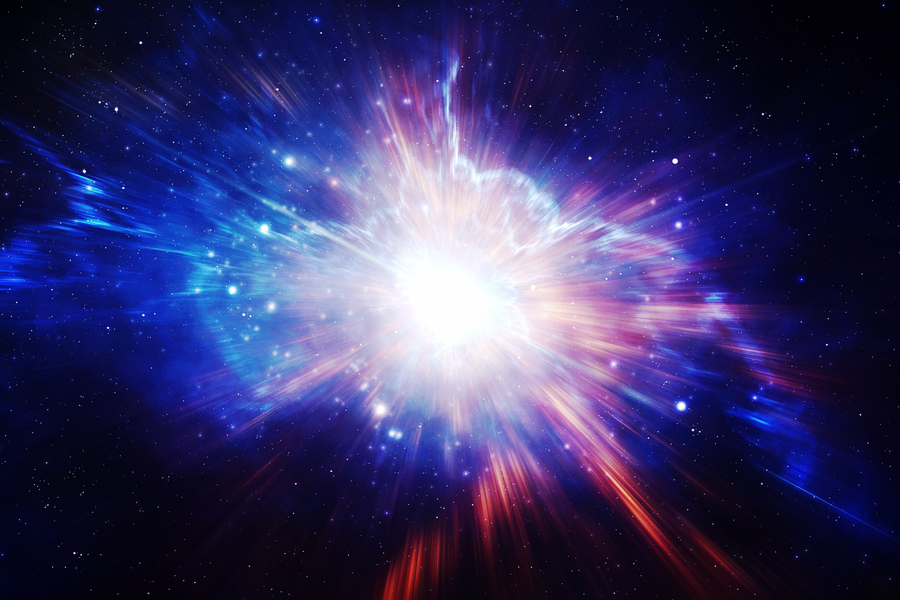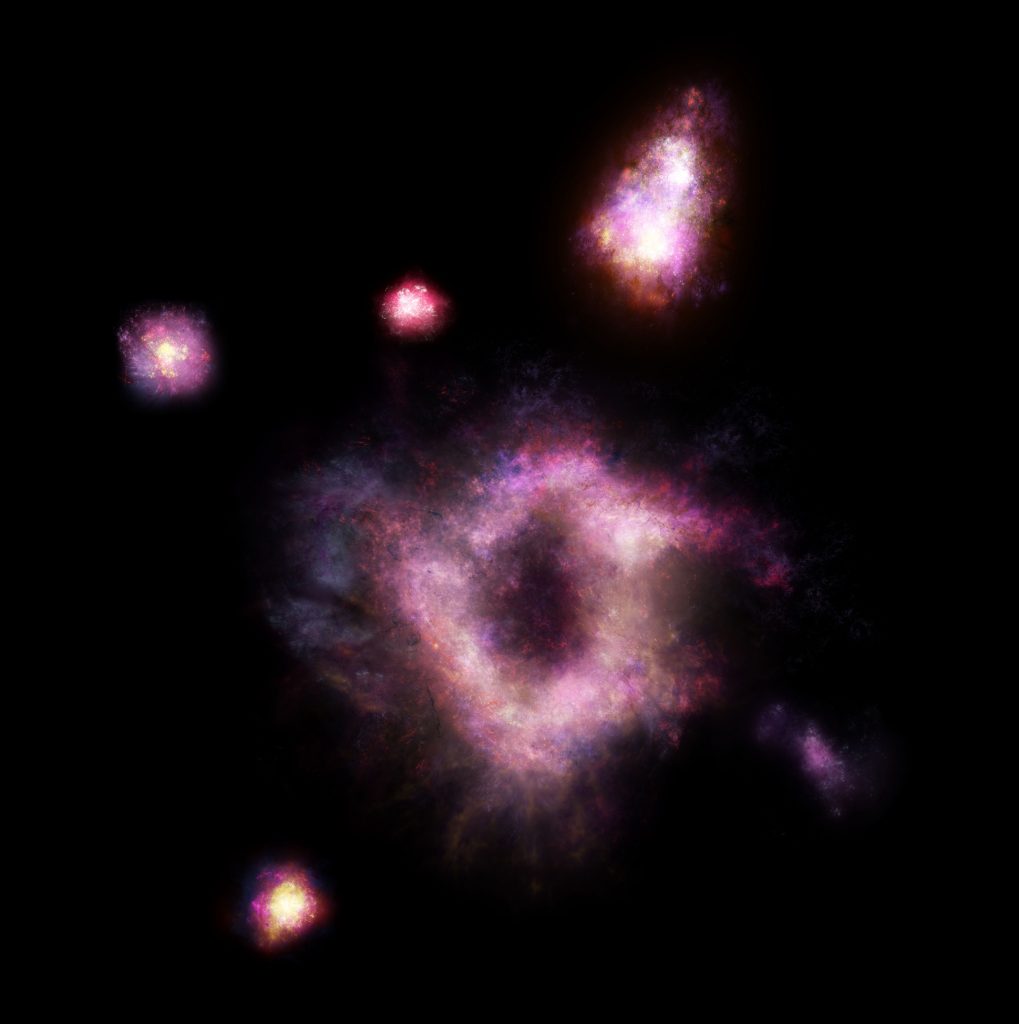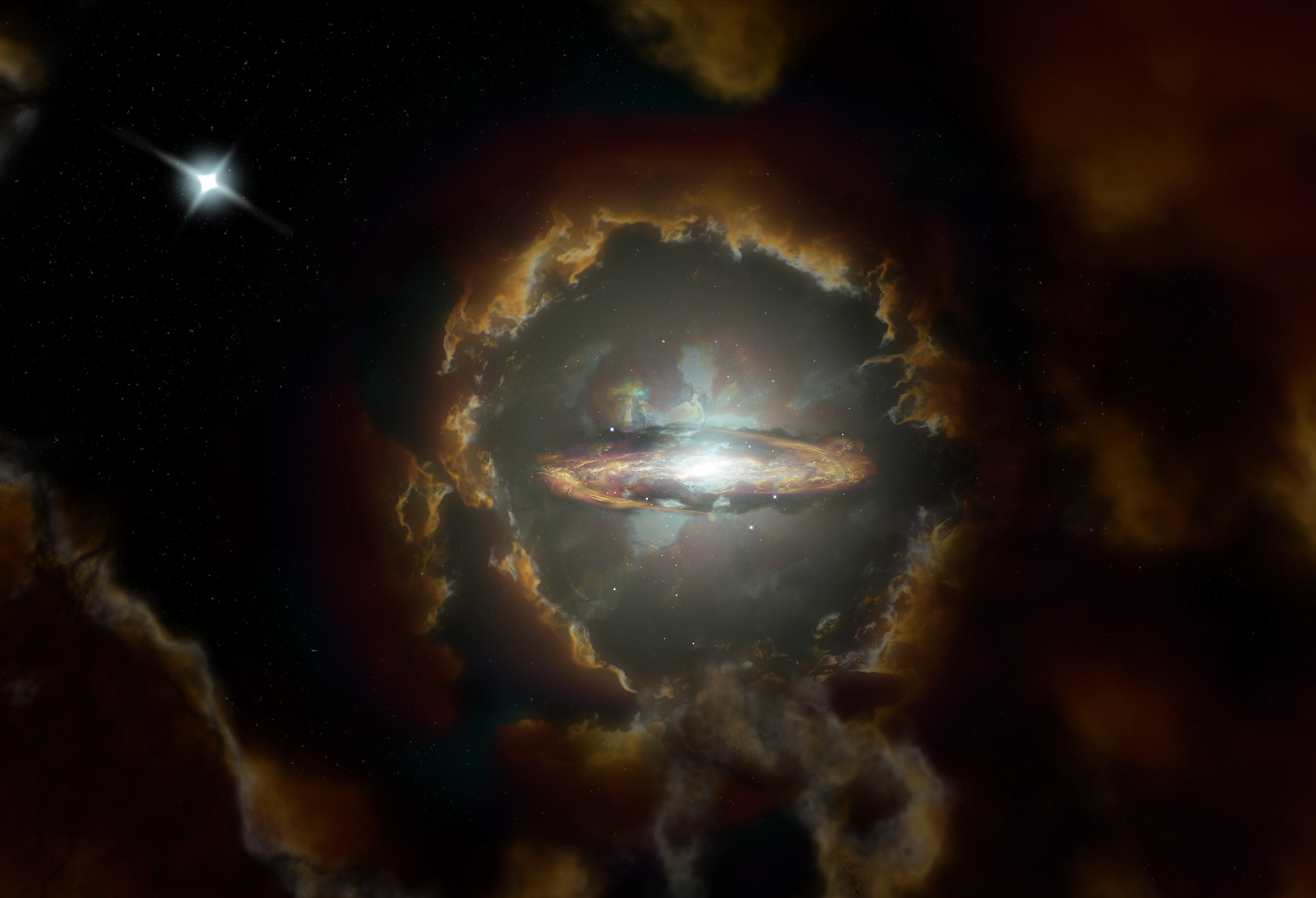
Credits:Image: iStockphoto
The findings could redefine the kinds of particles that were abundant in the early universe. Physicists have found evidence of X particles in the quark-gluon plasma produced in the Large Hadron Collider (LHC) at CERN, the European Organization for Nuclear Research, based near Geneva, Switzerland.
In the first millionths of a second after the Big Bang, the universe was a roiling, trillion-degree plasma of quarks and gluons – elementary particles that briefly glommed together in countless combinations before cooling and settling int...
Read More








Recent Comments